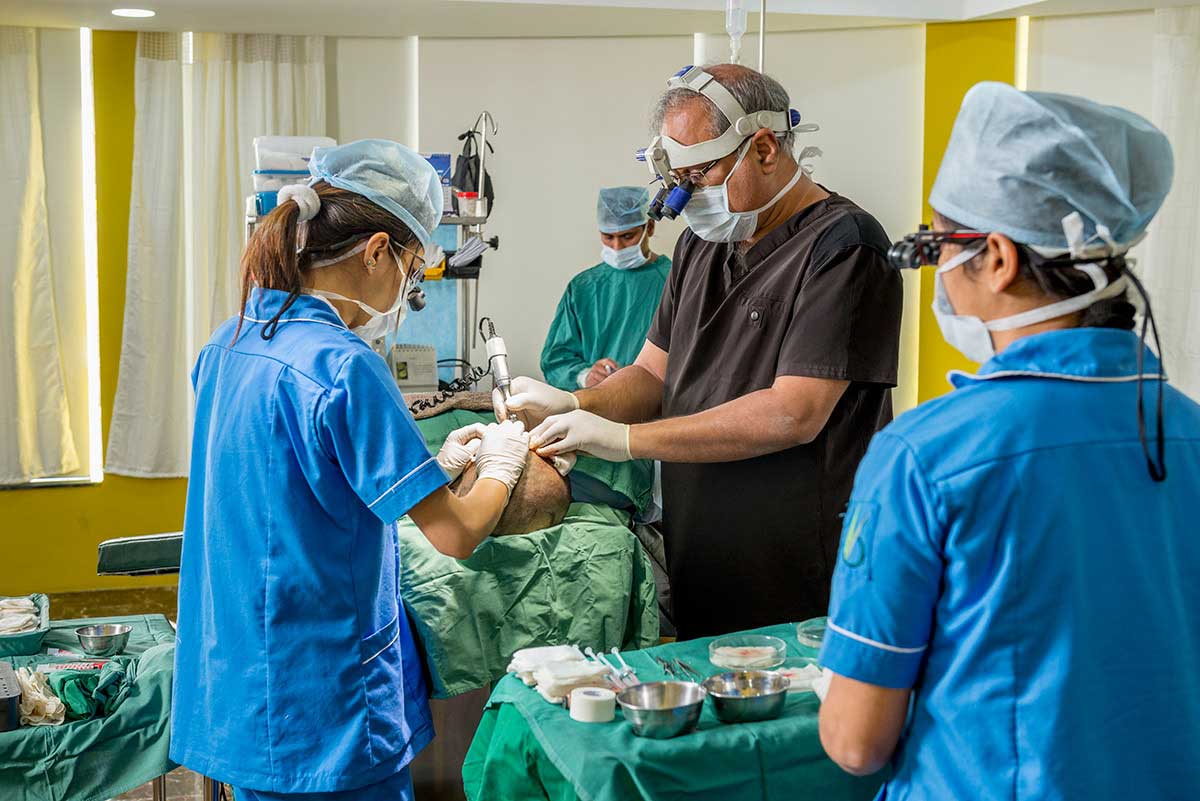When patients ask: “Can a second hair transplant ever be as good as the first?” — I always respond with cautious realism.
Watch Full Video

In my experience as a hair restoration surgeon, a second hair transplant revision is fundamentally different from the initial procedure, and expectations must be managed carefully. Below I explain the surgical, biological, and psychological reasons, and offer guidance for patients considering revision.
1. Prime Grafts Are Harvested First
In a virgin donor zone, you enjoy the luxury of choice: the healthiest follicles (best caliber, lowest transection risk, optimal angle) are selected in the first surgery. In many cases, these “best” grafts are already used. In a second hair transplant revision, you often have to work with whatever remains — which may be lower in caliber or vitality. This naturally limits what you can achieve.
2. Altered Tissue & Scar Microenvironment
Once you’ve undergone a transplant, the scalp undergoes repair: fibrosis, microvascular remodeling, scar formation, and changes in tissue compliance. The “bed” for grafts in previously operated zones is less forgiving. New grafts in scarred or remodeled tissue may suffer reduced perfusion or uptake. That is one of the main biological penalties of revision surgery.
3. Psychological Benchmark & Shifting Expectations
The outcome of the first surgery often becomes your internal benchmark. When a second round is done — typically in midscalp or vertex zones — patients often compare it subconsciously to that dramatic first outcome. Also, by the time revision is sought, additional native hair loss may have progressed, making density contrast more obvious. The psychological gap often feels larger than the actual surgical increment.
4. Finite Donor Reserve & Declining Quality
Even if some donor hair “appears” left, what’s remaining tends to be thinner in caliber, less robust in viability, or less ideally spaced. In a second hair transplant revision, this constraint of donor reserve is very real. It caps the maximum density or visual impact you can achieve, no matter how skilled the surgeon.
Practical Advice & Patient Guidance
A second hair transplant revision can still deliver meaningful improvement, especially when carefully planned. But patients should not expect it to “match” the first transformation.
Always assess donor reserve, scalp quality, and previous surgical history before planning revision.
Realistic expectation counselling is critical: patients must understand the biological limitations, risk of diminished graft uptake, and possibility of suboptimal outcomes in scarred areas.
Where possible, explore adjunctive techniques (PRP, microvascular enhancement, graft preconditioning) to improve graft survival in revision zones.
Use the first surgery as your “best chance” — invest in planning, technique, and outcome optimization, so that a major revision might not even be necessary.
In conclusion, a second hair transplant revision is not simply “redoing what was done before.” It’s a more complex challenge — scarred beds, diminished donor quality, altered physiology, and psychological comparison all work against replication of that first dramatic result. If you’re considering a revision, choose your surgeon wisely, plan meticulously, and understand what biology will permit (and what it will not).


